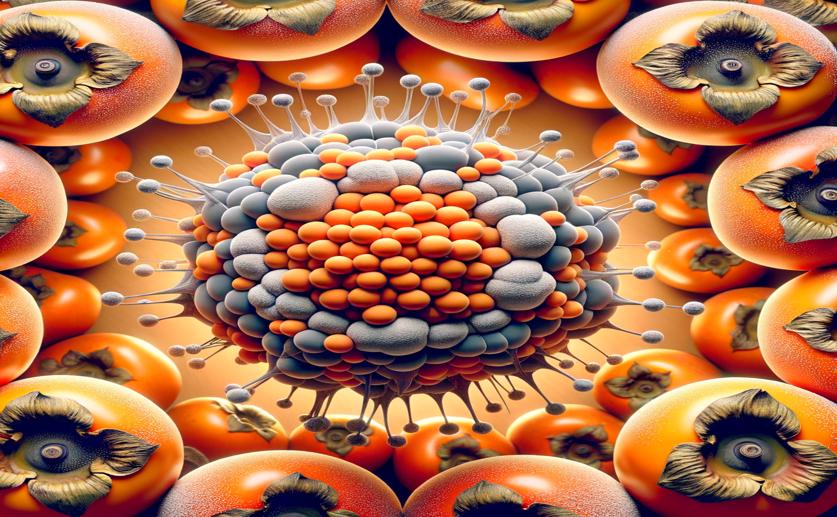
How a Specific Protein Affects Astringency and Compound Buildup in Persimmons
Jim Crocker
23rd August, 2024

Image Source: Natural Science News, 2024
Key Findings
- The study by Huazhong Agricultural University found that the DkDTX1/MATE1 transporter protein regulates PA composition in persimmons, affecting their astringency
- Overexpression of DkDTX1/MATE1 in persimmon leaves and fruit discs increased PA levels and upregulated PA biosynthesis genes
- DkDTX1/MATE1 preferentially transports key PA precursors, influencing the overall PA composition and taste of persimmons
References
Main Study
1) DkDTX1/MATE1 mediates the accumulation of proanthocyanidin and affects astringency in persimmon.
Published 22nd August, 2024
https://doi.org/10.1111/pce.15092
Related Studies
2) The Arabidopsis TDS4 gene encodes leucoanthocyanidin dioxygenase (LDOX) and is essential for proanthocyanidin synthesis and vacuole development.
Journal: The Plant journal : for cell and molecular biology, Issue: Vol 35, Issue 5, Sep 2003
3) Expression balances of structural genes in shikimate and flavonoid biosynthesis cause a difference in proanthocyanidin accumulation in persimmon (Diospyros kaki Thunb.) fruit.
4) DkMyb4 is a Myb transcription factor involved in proanthocyanidin biosynthesis in persimmon fruit.



 9th July, 2024 | Jenn Hoskins
9th July, 2024 | Jenn Hoskins